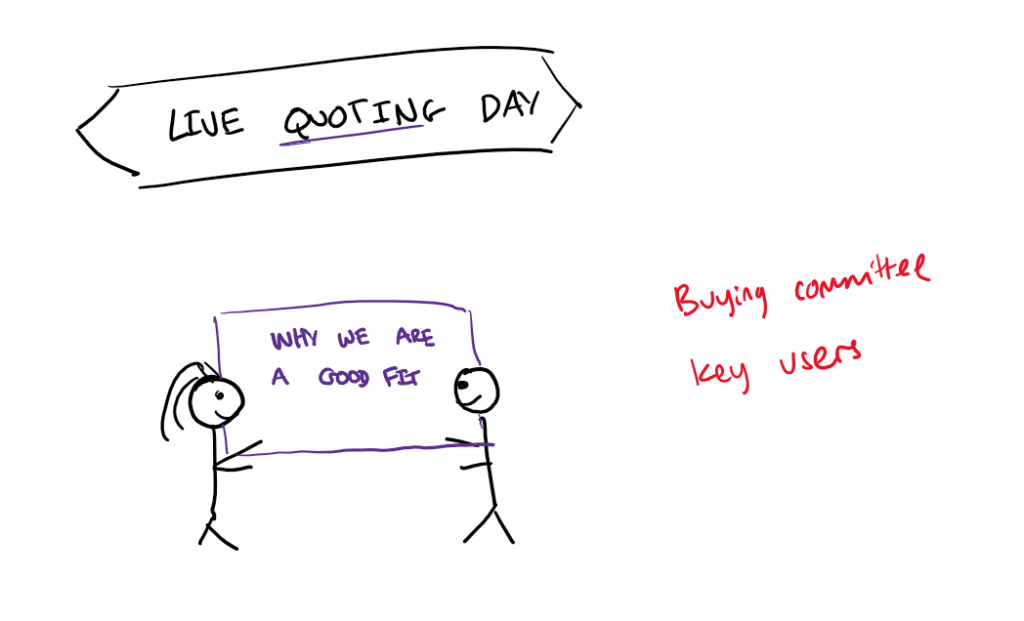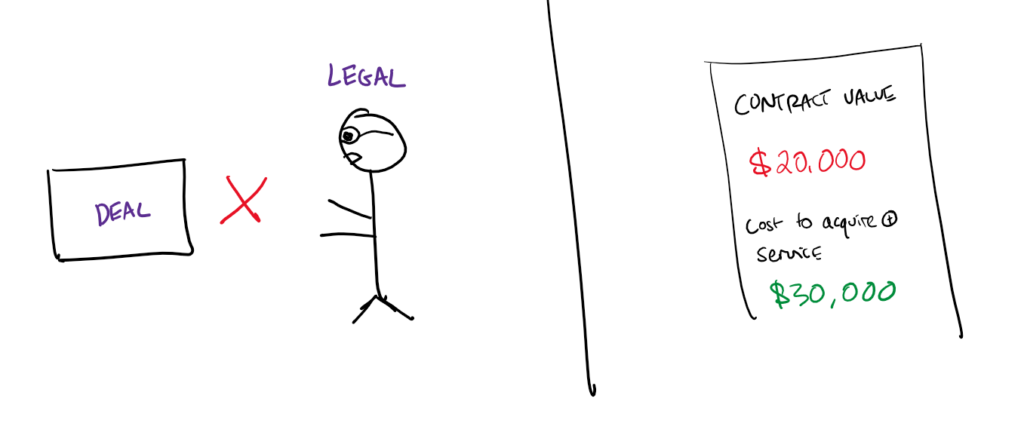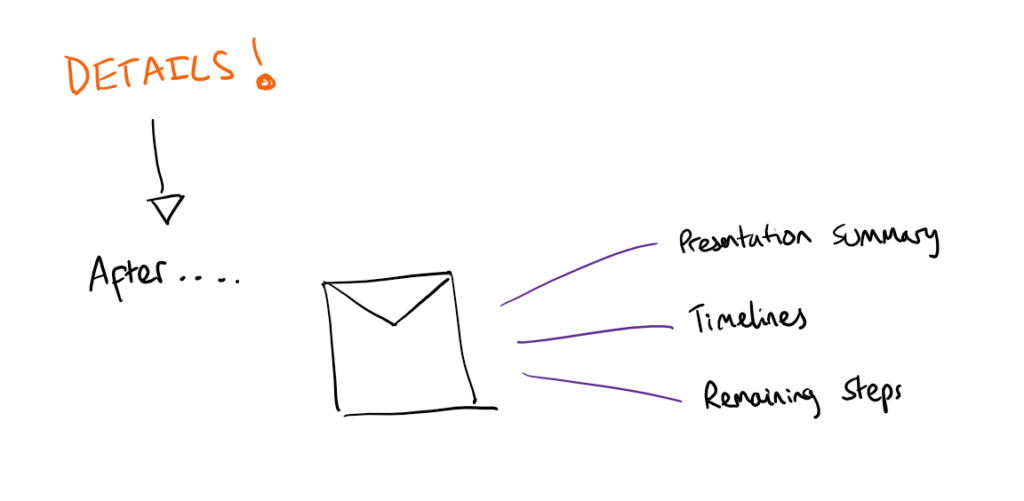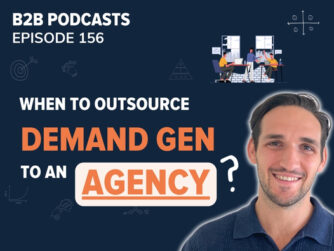You’ve finally got your target customer to a meeting. It’s taken even more touchpoints than research says it should. How do you make sure you don’t screw it up?
How can you maximize your chances of winning their business?
And once you’ve won it, making sure it gets past legal, finance – and to make sure they stick around as a happy customer?
Today we’re taking you through what you need to cover so you can nail your demo, live quoting day, or however else it is you’re meeting with your target customer.
This is part of our mini-series with 7x ex-head of sales, Adem Manderovic. We’re combining marketing and sales forces to build a revenue engine with total alignment. The outcome? A more efficient acquisition system that leads to sustainable growth.
P.S. We cover every step in our framework in detail. Check it out below!
- Why sales-led growth is killing your business
- The foundations you need to create for your revenue engine
- How to build relationships of trust with prospects
- How to maximize your chances of winning deals
- How to reduce churn and expand revenue
As per usual, you can watch, listen to or read step 3 of our joint framework with sales expert Adem Manderovic below.
P.S. Are you a sales, marketing or revenue leader? We show you exactly how to implement this system in your business in our CRO School (check it out here).
Listen To The Episode
Watch The Episode
Get The Key People In The Room
When running this demo or live quoting day, you want to make sure you get the key people in the room. That means blockers, decision makers, and other influential people like key users of the product or service.

This gives you the opportunity to overcome any objections as they’re raised on the call or in the room. Preparation in advance is key here too. If you catalogued the market first (as per step one of our framework), you should have a good idea as to what their biggest account problem is that you can help with. You should also have an idea as to the objections that are likely to come your way.
Make sure you’re prepared to answer these questions as they come up.
You are likely to be much better equipped to handle questions and objections as they come up, rather than leaving it to your internal champion to deal with after the meeting.
Show Them The Promised Land
Once everyone is in the room, you’ve made your introductions and set your agenda – now is the chance to show how you’ll ‘lead them to the promised land’.
Discuss the major problem they’re having, and show how your product will fix that – better than the competition – and make sure to also focus on how that will benefit the individuals and organization. Show case studies of similar companies that had the same problem, and how you fixed it for them, and what life is like for them now in the promised land. This is again a great opportunity to overcome any questions and objections as they come up.
Present a business case to show this is a complete ‘no-brainer’ for their organisation.
Discuss the Finer Details of Delivery
Now it’s time to add some detail to the promised land. What will life be like working with you? How will you guarantee you deliver on your promise?
The devil is in the details, so you may want to consider discussing the communication plan, like:
- Agreed KPIs
- Visitation cycle
- Video call cycle
- Key stakeholders for QBRs
Even how often you’ll be delivering doughnuts to their office!

This gives you an incredible line of sight on what it’s like to work together. You can also discuss your commercial deal pack (like who’s legal proforma will be used, what credit score is needed) to save you back and forth in future.
For companies dealing with smaller contract values, the ‘live quoting’ day is the equivalent to a ‘demo’. The principles of over preparation, and showing the customer exactly what to expect still apply.
Make Sure The Deal Is Viable for Both Parties
You will also get the information you need to calculate annual contract value, to see if the deal makes sense for both parties. If the annual contract value is $20,000, but it’s going to cost $30,000 to service, then the deal is definitely going to fall over at finance.

By hashing this out in the meeting, you’ll make sure the deal is viable for both parties.
At the enterprise level, you should also discuss whose legal pro forma you’ll be using, and if there are likely to be any sticky clauses. Credit criteria is another one to discuss too! This stops deals falling over at legal.
What To Do After The Meeting
Ideally while you’re in the meeting, you collect all the information you need to send them a summary of the presentation, the agreed timelines, and remaining steps. You should also book in the next stages of the conversation.

This way you can ensure they’ve received the information, and it lowers the bar of acceptance for them to reply. This stops you from having to continuously follow up to see if they’ve received the information.
Next Steps For You
What we’ve described above is the gold standard for enterprise deals. The amount of detail you go into should be proportionate to the value of the deal.
Want to learn more about how to implement this end-to-end revenue engine in your business?
Check out our CRO School, built for sales, marketing and revenue leaders. We show you step-by-step how to do it all.








